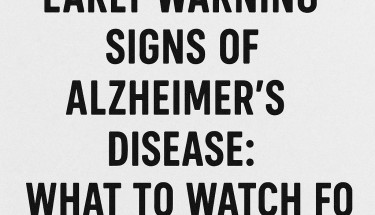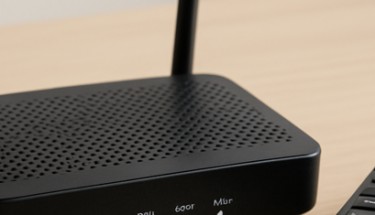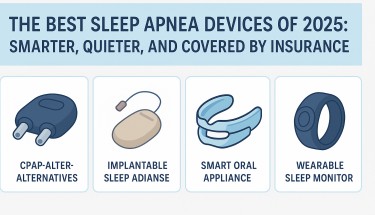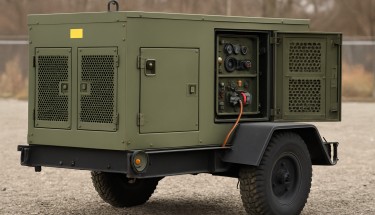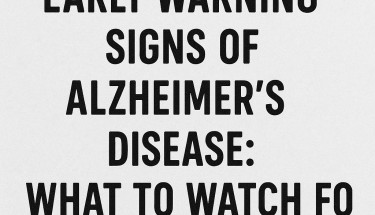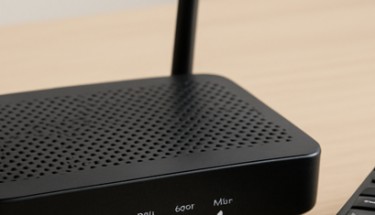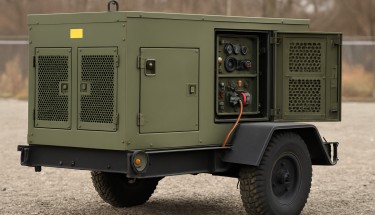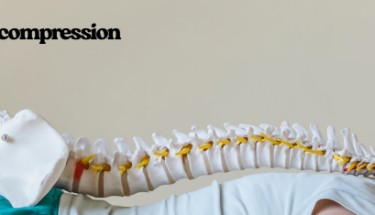The Best Sleep Apnea Devices of 2025 – Smarter, Quieter, and Covered by Insurance
If you’re tired of bulky CPAP machines, tangled tubing, and restless nights, 2025 brings a wave of innovation designed to help you sleep better. New FDA-cleared sleep apnea devices are smaller, quieter, and easier to use—many now connect to mobile apps for real-time monitoring. Best of all, several of these new options are being covered by insurance or offered through clinical trial programs at little to no cost.
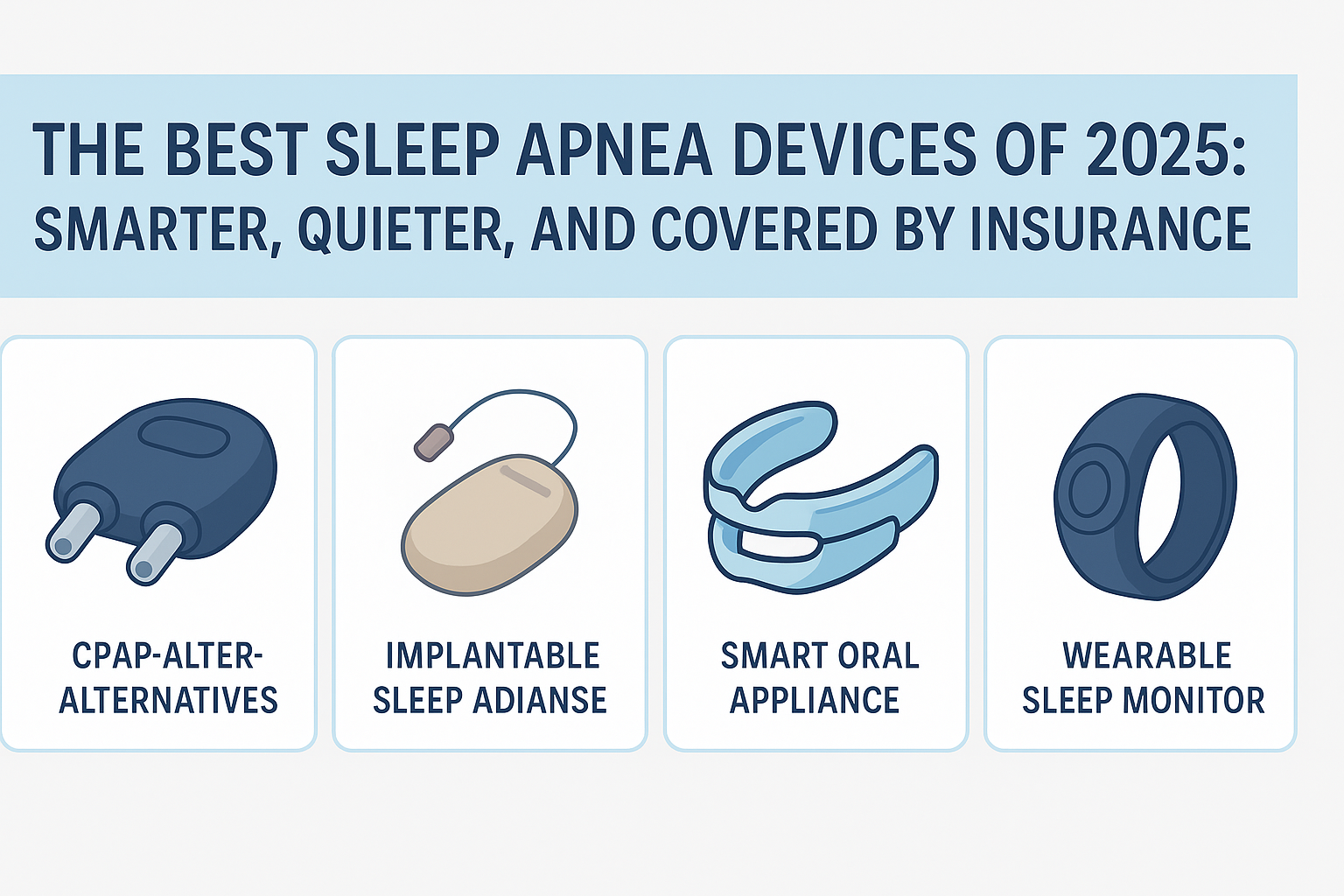
1. CPAP Alternatives That Redefine Comfort
The latest CPAP replacements are transforming patient experience. Many 2025 models feature mask-free breathing systems, compact designs, and whisper-quiet motors under 25 dB. Users can sync these to apps that monitor oxygen levels and track sleep cycles automatically.
2. Implantable Sleep Devices: Mask-Free and Clinically Proven
Implant-based therapy is redefining moderate to severe sleep apnea treatment. Devices like Inspire or Nyxoah Genio gently stimulate airway muscles during sleep, eliminating the need for tubing or masks.
In 2025, new models boast longer battery life, personalized settings, and expanding Medicare and VA coverage. Patients report improved comfort, fewer apnea events, and faster recovery times.
3. Smart Oral Devices: Dentist-Fitted and Insurance-Eligible
Custom dental sleep appliances are no longer static mouthpieces. Modern versions integrate micro-sensors that monitor breathing, jaw movement, and REM cycles. These are fitted by certified dental sleep centers and often billed through medical or dental insurance codes.
4. Wearable Sleep Trackers: More Than Just Data
Beyond fitness bands, 2025 introduces AI-powered sleep wearables—rings, adhesive patches, and multi-sensor wristbands designed specifically for apnea detection. These sync directly with clinical trial programs or at-home diagnostic kits, reducing the need for expensive lab studies.
5. Access and Affordability: Insurance, Trials, and Financing
The smartest move is knowing where to access these devices affordably. Options include:
- Accredited sleep centers offering CPAP replacement programs
- Telehealth providers specializing in home-based sleep studies
- Insurance-covered DME suppliers with trial units
- Clinical research studies offering free or discounted devices
Many providers now include insurance verification tools, 0% financing, or trial enrollments that let patients test equipment at no upfront cost.
6. Understanding Coverage and Reimbursement Options for 2025 Sleep Apnea Devices
One of the biggest changes in 2025 is how sleep apnea treatments are billed, financed, and approved by insurers. Historically, only standard CPAP machines qualified for durable medical equipment (DME) coverage through Medicare or private insurance. But as innovation expands, new devices—including implantable nerve stimulators, AI-powered oral appliances, and advanced home monitors—are gaining CPT billing codes and pre-authorization pathways. Many providers now offer free insurance verification before fitting devices, while manufacturers partner with sleep centers to handle prior authorization and paperwork. For uninsured patients, clinical research enrollment programs remain a smart entry point, often providing devices and follow-up care at no cost in exchange for participation. With these developments, sleep apnea treatment is becoming more accessible, even for patients who previously struggled to afford or tolerate traditional CPAP systems.
7. The Future of Personalized Sleep Apnea Care: AI, Data, and Real-Time Feedback
Sleep apnea technology is moving from reactive treatment to proactive prevention. The newest generation of devices uses machine learning algorithms to adapt air pressure, stimulation timing, or mandibular positioning in real time—based on individual breathing patterns detected through micro-sensors or wearable trackers. This kind of adaptive feedback loop is revolutionizing how patients manage their condition at home, reducing dependence on overnight lab studies. AI-assisted devices can now detect subtle indicators such as heart rate variability and snoring frequency, alerting users before a full apnea episode occurs. Cloud-connected platforms also allow telehealth sleep specialists to monitor compliance remotely, adjust settings, and track progress without in-person visits. For many patients, this means fewer appointments, improved comfort, and faster symptom relief.
